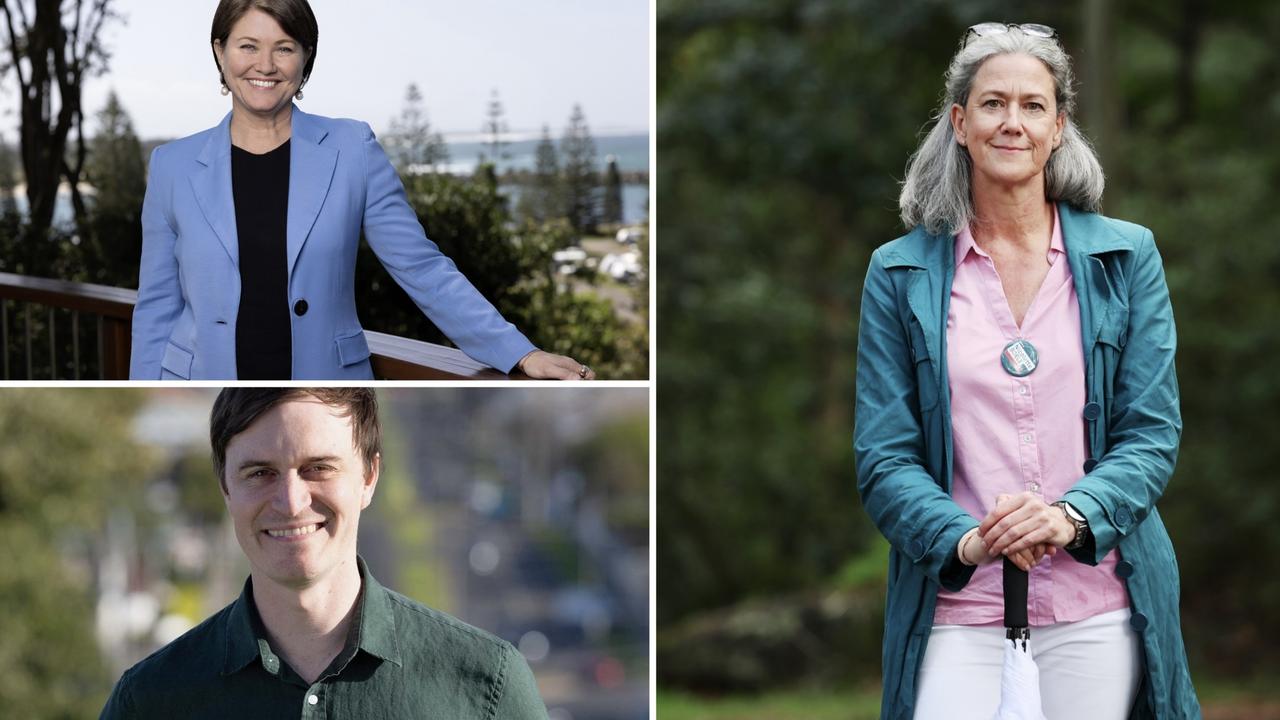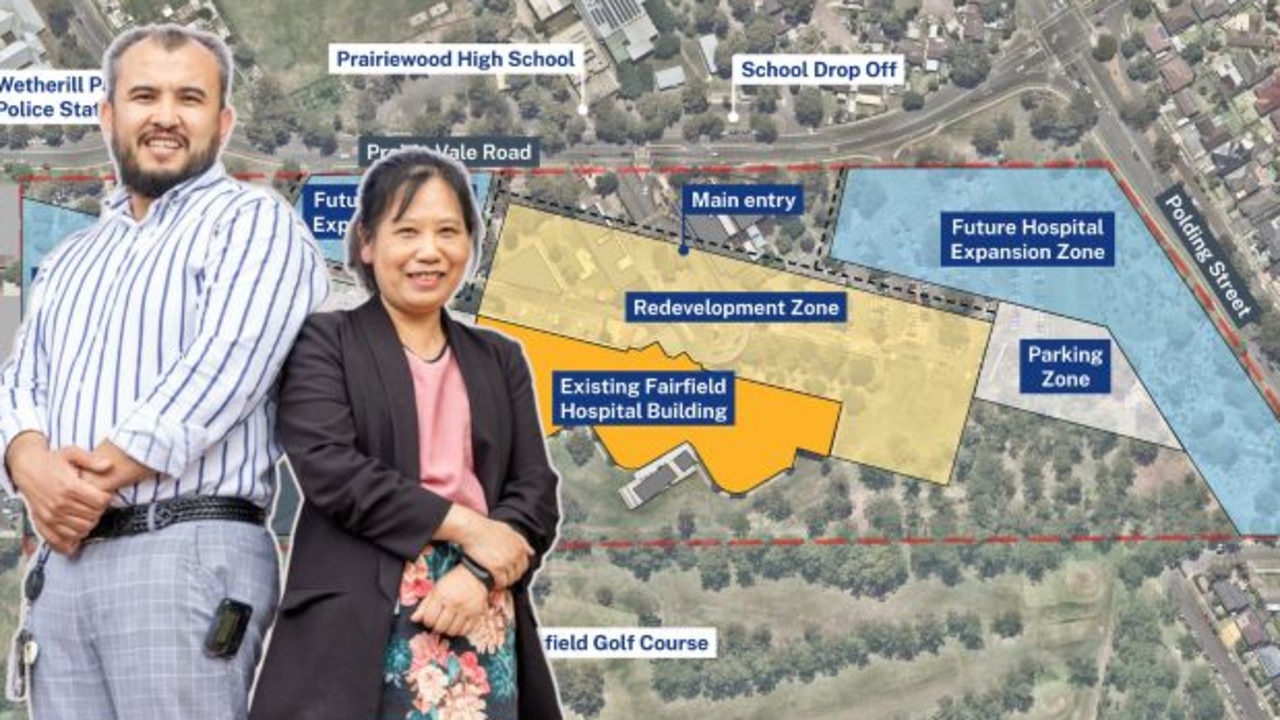James Morrow: Farmers left holding the bill for dud El Nino drought call
The Bureau of Meteorology’s job is to predict weather patterns but it seems they have been a little confused with the existing El Nino conditions, writes James Morrow.
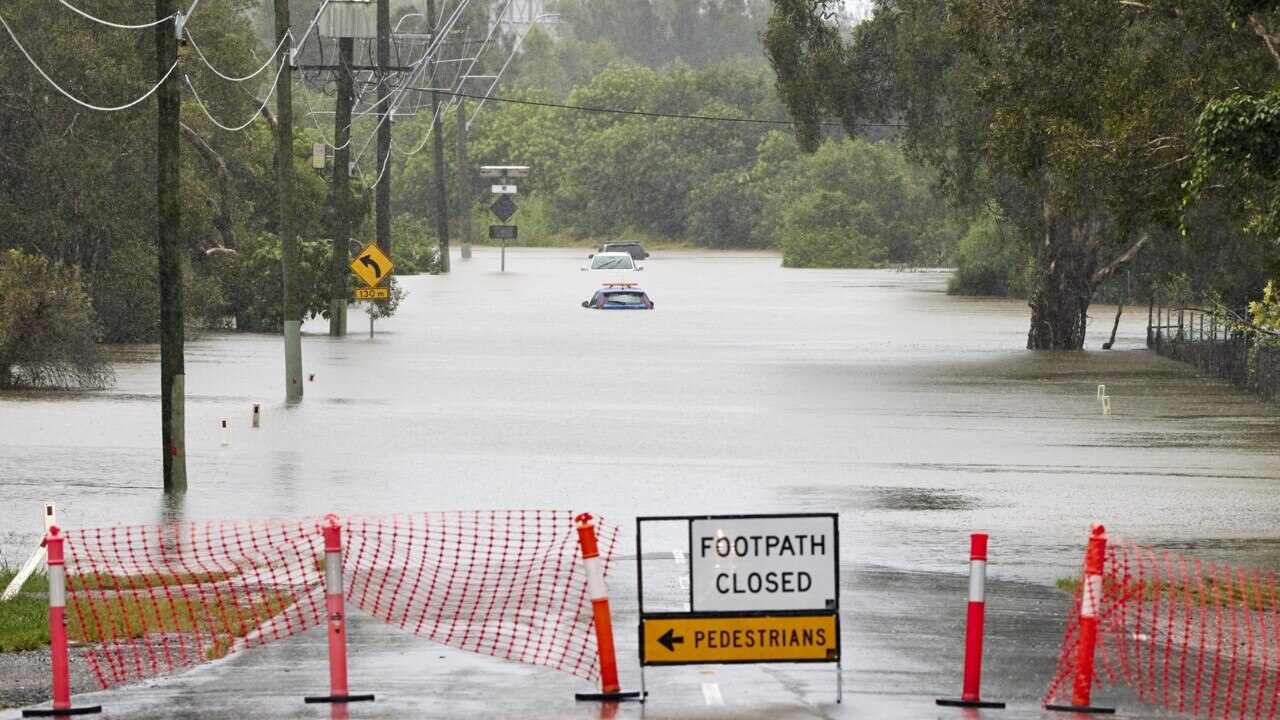
NSW
Don't miss out on the headlines from NSW. Followed categories will be added to My News.
Having just returned from a 3000km drive from Sydney to South Australia and back, allow me to offer a piece of advice to readers who are still out on their great Aussie roadtrips.
There is simply no better way to kick off a conversation with the locals in a farming community than by asking “is there any outfit in Australia more useless than the Bureau of Meteorology?”
Those who are game are more likely than not to hear tales of livestock sold in a panic and planting and harvest schedules screwed up thanks to the alarmism of the national weather office and its love of a good climate scare.
Press further and you will hear that farmers who have been burnt by the BoM’s dud predictions have given up on the government agency and instead contracted with more accurate and precise private forecasting services.
Like the ABC, which has also suffered serious audience losses due to its own agendas, the Bureau of Meteorology – or BoM for short – is symbolic of what happens when bodies meant to serve the people get stuck in their capital city bubbles where narrative is more important than facts.
This is, after all, the same BoM that back in 2022 tried to get people to refer to it as “The Bureau” instead of “the BoM”, calling to mind George Costanza’s similarly failed attempt to get his workmates to call him “T-Bone”. But while the ABC (based in Sydney’s Ultimo) may only deal in readily ignorable bouts of anti-Israel bias and Trump Derangement Syndrome, calls made by the BoM (working out of Melbourne’s Docklands) can have serious real world consequences.
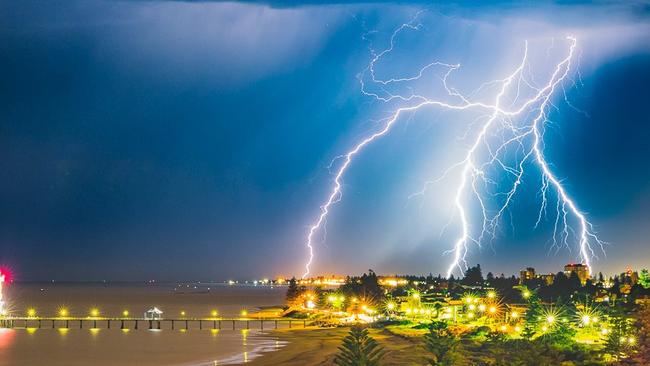
Broadly, farmers I spoke with while touring through three states feel let down by the BoM.
They believe it has become so devoted to feeding climate scare stories to the press and their ministers that they have forgotten they are actually paid to accurately measure and forecast the weather.This activism has real consequences.
In Victoria, I met wheat and canola farmers who were rushing to harvest their crops before unexpected downpours. In South Australia, pastoralists told me that the price of beef and lamb had been sent crashing by the Bureau’s prediction of a long, hot, dry summer.
Rather than risk struggling through a drought, many of them sold off their herds and flocks, only to find out later that there would have been plenty of water and feed to keep them going.
The record backs up the agriculture sector’s complaints.
Recall that last September, the alarm was sounding about a hot, dry El Nino season that would see parched conditions across the country and the risk of another horror summer of drought and bushfires. The ABC reported: “As farmers around Australia brace for another El Nino, communities are starting drought preparations early to avoid the pitfalls of the past.”
Agriculture Minister Murray Watt said: “We are entering a period of much drier conditions than what we’ve seen over the last couple of years,” presumably going along with BoM advice.
The ABC also did everything it could to rev up the panic.
“El Nino reaches ‘strong’ intensity, pointing to a scorching 2024 ahead for the planet,” Aunty’s own in-house weatherman Tom Saunders wrote in November. Yet none of this came to pass, as anyone who slogged through a soggy Christmas will attest.
According to the BoM’s own rainfall measurements for this past December, Victoria, NSW, Queensland and South Australia all received above average rainfall for the month.
While NSW copped only four per cent more rain than average, Victoria’s precipitation was 66 per cent above the norm in this supposed El Nino year. Yet back in December 2022, which was supposed to have been a wetter La Nina year, NSW, Victoria and South Australia all received less rainfall than average.
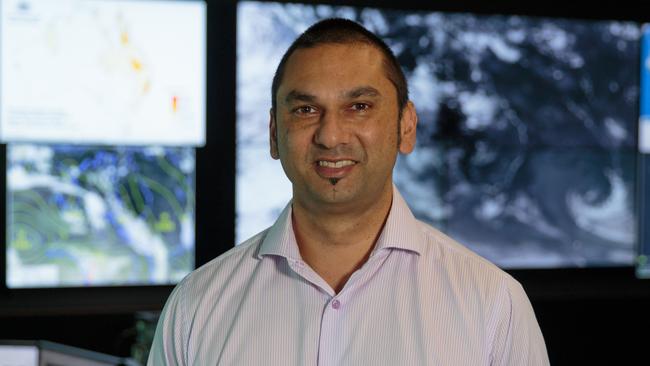
No wonder both the BoM and the ABC have been trying to play cleanup in the past two weeks, claiming that, no, they did not get it wrong and, despite what they said, El Nino has nothing to do with drought.
On Monday, the ABC’s Saunders lamented on Twitter that people associated El Nino with dry conditions. “How can we eradicate the misconception that El Nino brings dry summers?”, he wrote on X (formerly Twitter).
“Over the past two weeks I have heard it from gardeners, sports commentators, journalists, and my father-in-law.” Gosh, where did they get that idea? Perhaps by listening to the ABC and the BoM?
On September 20, ABC weather reporter Tyne Logan wrote: “In Australia, El Nino has been linked to some of the worst droughts in modern history, including the millenium drought between 1997 and 2010.”
When the BoM declared the El Nino event last year, its climate manager Karl Braganza said: “In all likelihood, we can expect that this summer will be hotter than average and certainly hotter than the last three years.”
Yet instead of any degree of drought, we have seen above average rainfall across the east.
El Nino? La Nina?
It’s not just ordinary Australians who get the two mixed up.
Originally published as James Morrow: Farmers left holding the bill for dud El Nino drought call


